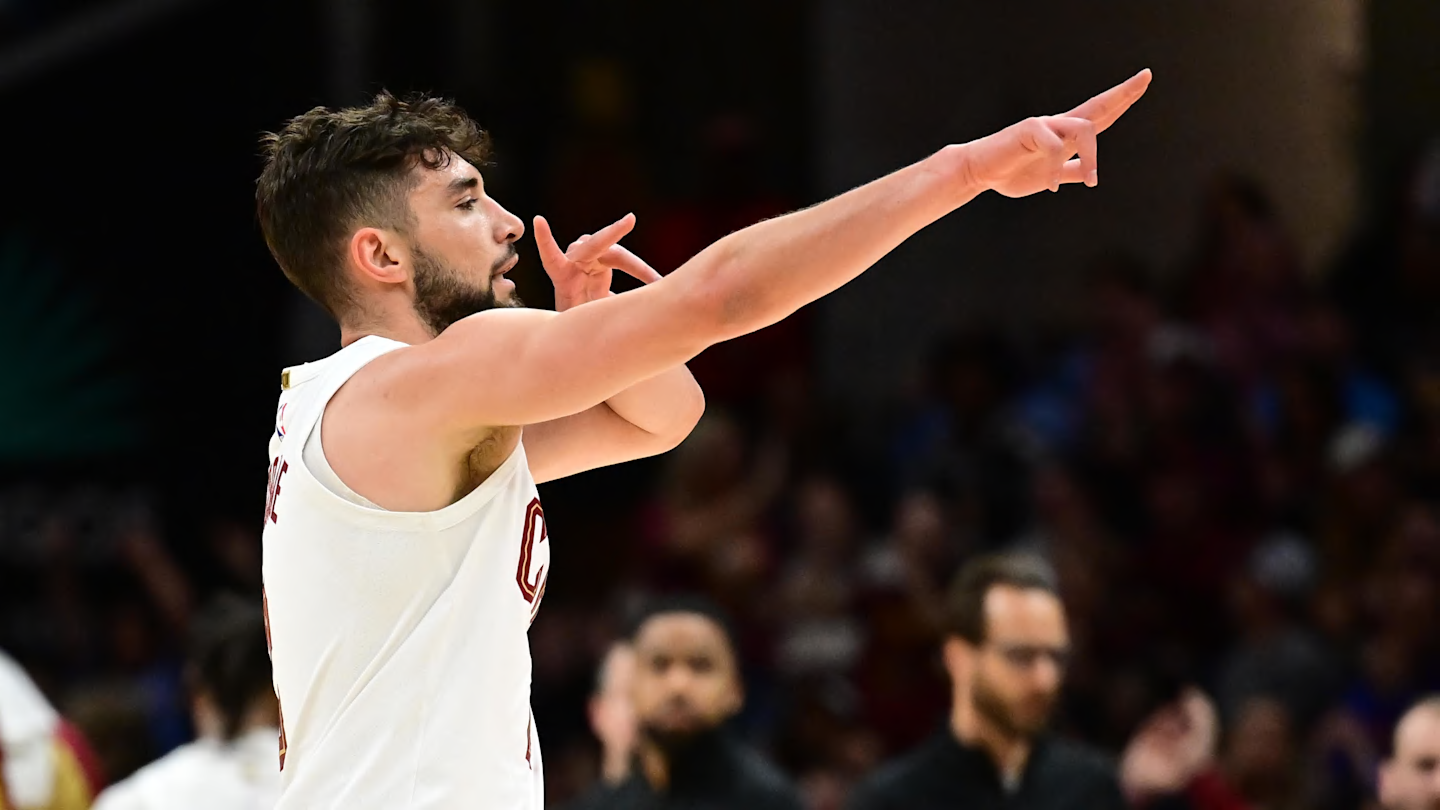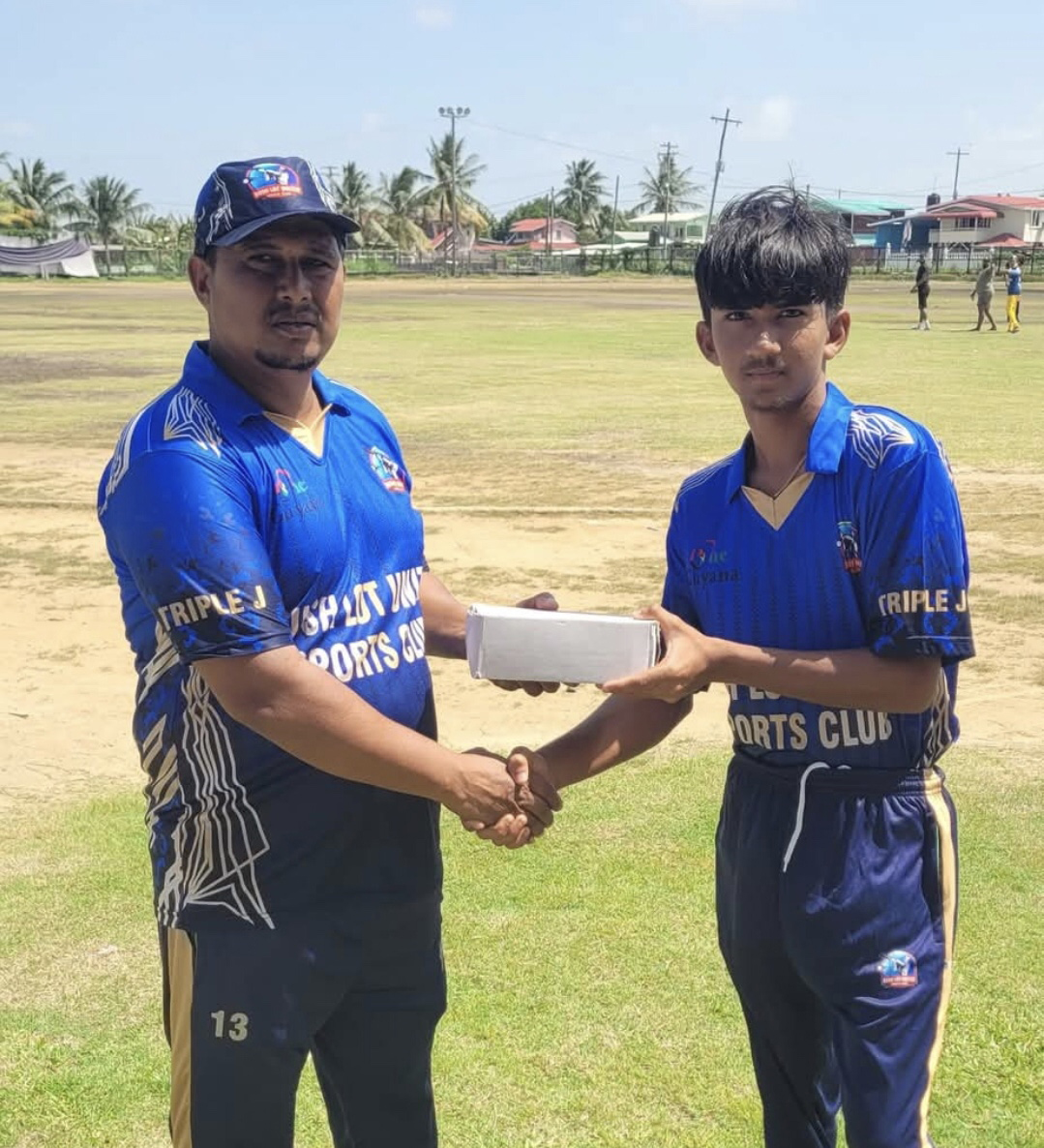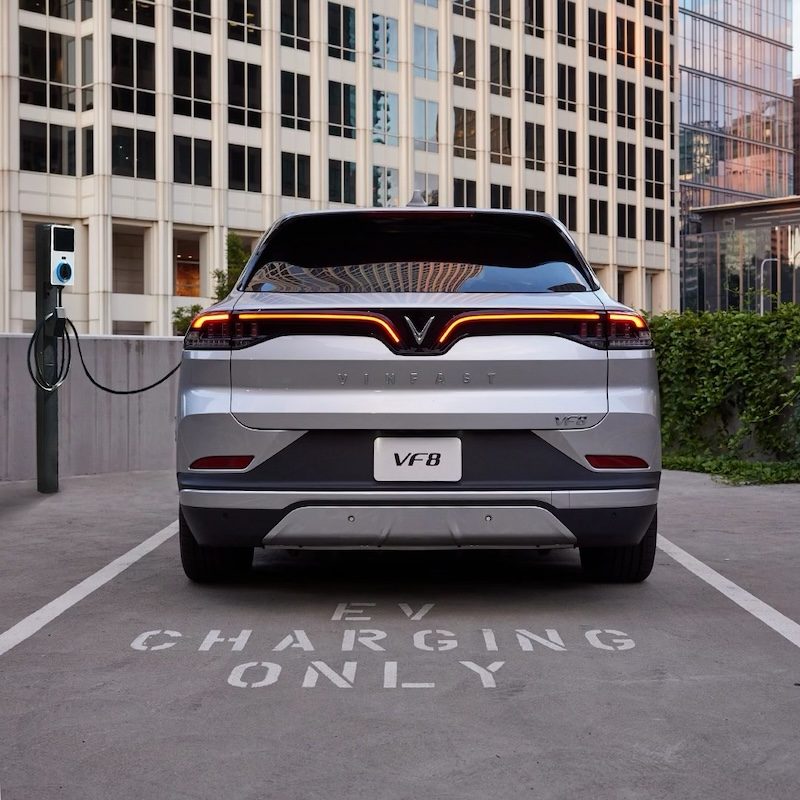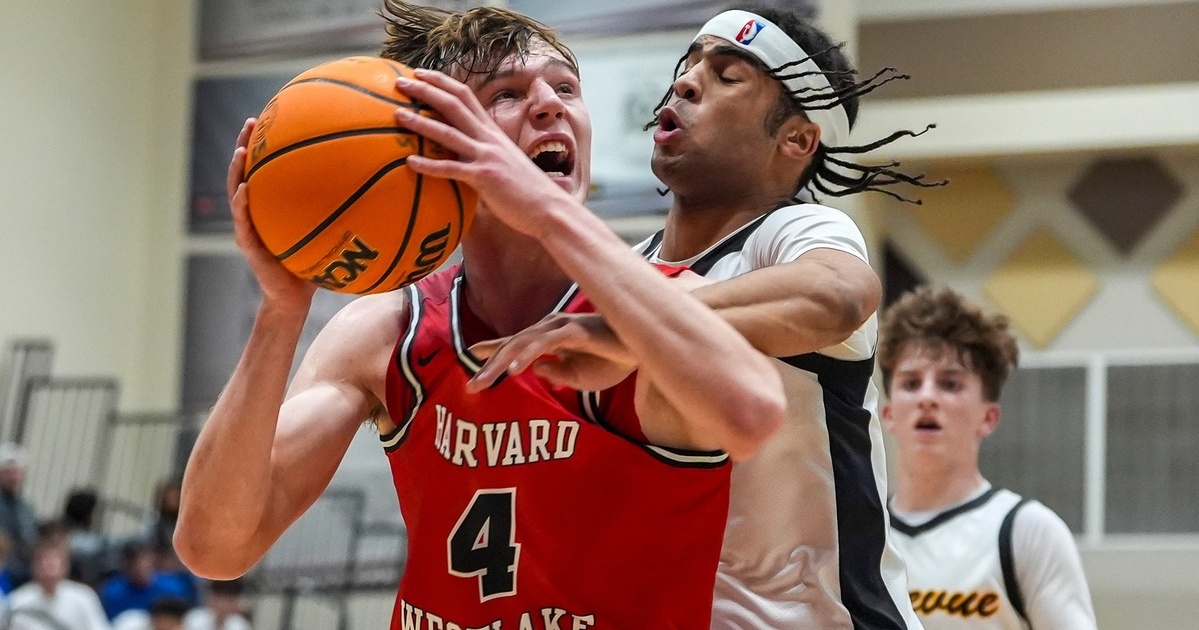How New Salary-Cap Rules Limit Every NBA Team

Rocky Widner/NBAE via Getty Images
The NBA’s 2023 collective bargaining agreement (CBA) instituted stricter rules to both slow and speed spending. The league has instituted two hard caps for teams that go well above the luxury-tax threshold. Those above the first and second aprons have limited tools to sign or trade for players.
Similarly, the days of teams choosing not to spend in the offseason and hoarding cap room until the February trade deadline to take on unwanted salary have been all but phased out.
The impact of the new CBA was evident this offseason. The Golden State Warriors broke up the Splash Brothers with Klay Thompson moving on to the Dallas Mavericks, while the L.A. Clippers chose not to pay Paul George what the Philadelphia 76ers were willing to offer.
Meanwhile, some teams have begun to hand out short-term, inflated contracts to reach the salary floor (90 percent of the salary cap). The Indiana Pacers did so with Bruce Brown last offseason, and the Detroit Pistons did with Tobias Harris this summer.
Some despise the new rules, but many haven’t taken the time to study them thoroughly. The overarching goal is to ensure that the league and players split the annual Basketball Related Income (BRI) at about 50 percent each season. That wasn’t the case last season. Team salaries were too high, so players gave up almost 5.3 percent of their contracts to close out the year.
The new system may take a few years to prove itself, but there’s no question that the rules limit NBA teams. Holdovers from the prior CBA that trigger the first apron ($178.1 million) include signing players via the Non-Taxpayer Mid-Level Exception (NTMLE), Bi-Annual Exception (BAE) or sign-and-trade. New triggers include using preexisting traded player exceptions (from the prior season) and bringing back more salary than is sent out (via the Extended Traded Player Exception or ETPE), among others.
The newer second apron ($188.9 million) is triggered when a team signs a player with the Taxpayer Mid-Level Exception (TMLE) or, via trade, aggregates players or sends cash. While a franchise can send out a player via sign-and-trade (like the Minnesota Timberwolves with Kyle Anderson), it only triggers a second-apron hard cap only when taking back someone in return, which Minnesota chose not to do.
Even though several trades were executed during the 2023-24 calendar year, moves made during the pre-July offseason can still trigger a hard cap for the following (2024-25) season.
The following list details each team (sorted by city), its current hard cap (via the most restrictive and first trigger) and how those restrictions may or may not be limiting.
Related
SGA powers OKC to 50th win with latest 50-piece
OKLAHOMA CITY -- Shai Gilgeous-Alexander scored 51 points and the Oklahoma City Thunder defeated the Houston Rockets 137-128 on Monday night for their 50th win
NBA World Crowns Shai Gilgeous-Alexander MVP After Fourth 50-Point Game…
Shai Gilgeous-Alexander continued his incredible season Monday when he scored 51 points on the Houston Rockets to help his Oklahoma City Thunder grab their 50th
NBA Docks Cavaliers’ Ty Jerome $25,000 After Pointed Postgame Criticism…
After the Cleveland Cavaliers beat the Portland Trail Blazers 133–129 in overtime Sunday, Cavaliers guard Ty Jerome held nothing back when discussing the game
Mavericks star Kyrie Irving helped off the floor after awkward…
Dallas Mavericks star Kyrie Irving went down with a scary looking knee injury early in the team's 122-98 loss to the Sacramento Kings on Monday night.Irving was












